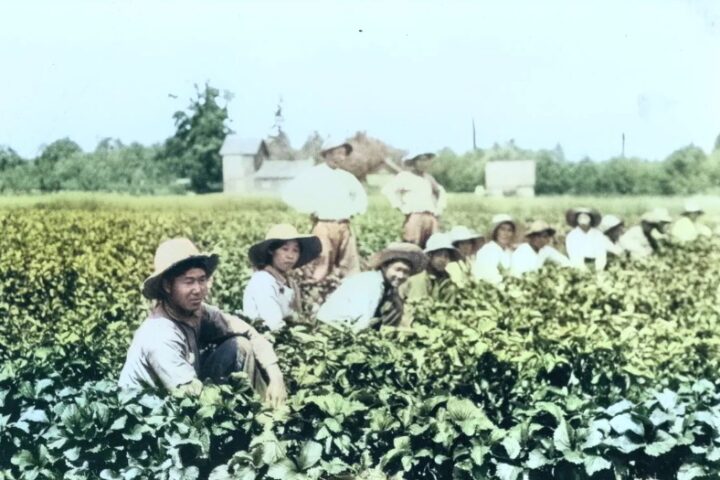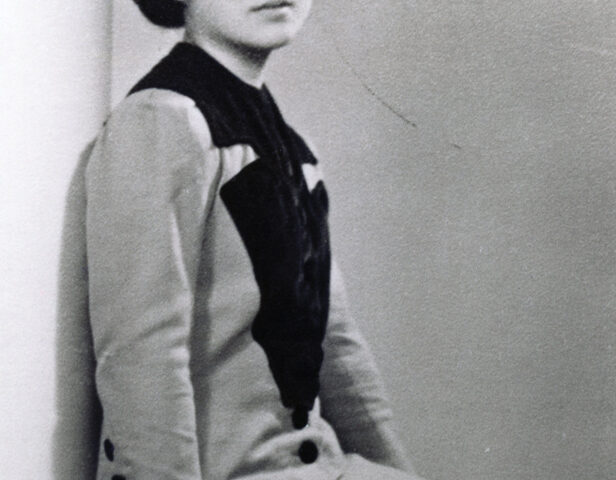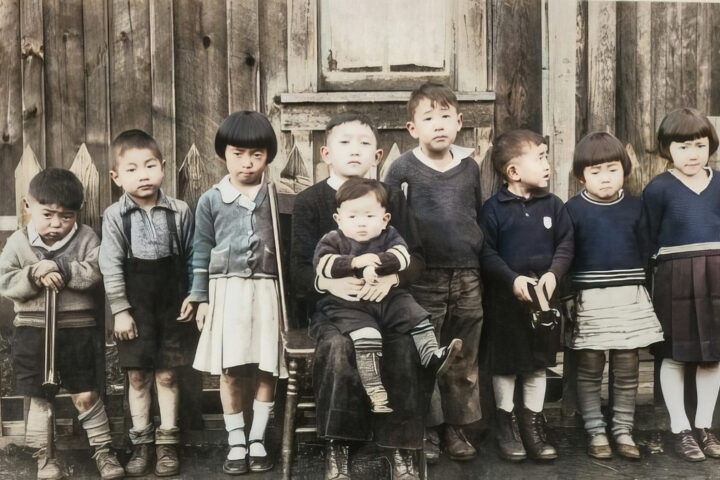Highlights of April Dates in Japanese Canadian History
By Lorene Oikawa, Past President NAJC
In 2023, the National Association of Japanese Canadians (NAJC) is reviewing the highlights of dates for each month, from the period 1941 to 1949. We are looking at the actions of government and the impact on Japanese Canadians.
April 11, 1942 – The government planned to separate families and send the men to work in road camps. Some families in the Fraser Valley agreed to provide labour for sugar beet farmers in Alberta and Manitoba to avoid having their families separated. By April 11, 2,664 were sent to Alberta and 1,053 were sent to Manitoba.
By the end of the month, 140 Nisei, second generation Japanese Canadians, refused to leave their families. Some hid and some demanded to be held in Vancouver at the Immigration Shed in Vancouver, and forced their way in. Some were eventually sent to the Prisoner of War camp in Petawawa, Ontario, but as the numbers grew the facilities in Ontario were filled and there wasn’t any more room in the Immigration Shed.
April 26, 1942 – First arrivals in Greenwood. Greenwood is the first Internment/Incarceration camp in the interior of British Columbia. Ken Adachi in his book, The Enemy That Never Was, describes how an advance party of Nisei and Issei men were sent to repair some of the vacant homes and buildings on April 21. Chuck Tasaka who has written two books and articles about Greenwood confirms that the first trainload of internees, mostly women and children and some elderly men, arrived on April 26. About 1,200 Japanese Canadians would end up in Greenwood, reviving the population and economic conditions of a town that had dropped from 3,000 to under 200 people in 1918.
April 1, 1943 – At its peak, the number of Japanese Canadians held in internment/incarceration camps in the interior of B.C. was about the same number as those in the Vancouver area before 1942. Over a quarter of those held were in the Slocan area camps: about 4,764 were in Bay Farm, Popoff, and Lemon Creek. 2,624 were in Tashme. 1,701 in New Denver and Rosebery. 1,203 in Greenwood. 965 in Kaslo and 920 in Sandon. In its rush to move citizens out of their homes, the government did not adequately prepare the camps for habitation. People lived in tents for weeks in the fall outside of Slocan City and Popoff. Rows of shacks had been hastily thrown together and weren’t much better than the tents because of the cold air blowing through the gaps in the wood.
The government told Japanese Canadians that all their property would be in the care of the Custodian of Enemy Alien Property. Without the consent of the owners, the government begin to sell everything. Advertising for tenders and public auctions begin to appear in the Vancouver newspapers at the beginning of April 1943. Issei (first generation Japanese Canadian pioneers) tried to challenge the liquidation in court. There was a long delay in hearing the case and most of the sales were completed before the April 1944 deadline for the sale of property and chattels.
April 1944 – The government doesn’t allow the use of cameras in the camps until 1944. However, the government took all cameras, radios, in addition to vehicles, boats, homes and businesses as part of the dispossession of Japanese Canadians.
April 13, 1945 – Prime Minster King’s programme to “examine the background, loyalties, and attitudes of all persons of Japanese race in Canada to ascertain those who are not fit persons to remain here” starts in the Tashme internment/incarceration camp. RCMP canvass all persons 16 years of age over. They have two choices to determine their loyalty: voluntary repatriation to Japan or go “east of the Rockies.” This was a disturbing “choice” for Japanese Canadians, most of whom were born in Canada and multi-generations of their family had lived in British Columbia.
April 19, 1945 – Prime Minister King admits in the House of Commons that Britain was recruiting Nisei to serve in their military. The government says this information will not be made public for military security, but it appears the real reason was to protect Liberal candidates in British Columbia. The candidates were promoting the permanent expulsion of Japanese Canadians from BC for their campaign platform for the federal election in June.
April 1947 – The Citizenship Act extends the franchise to Canadians of Chinese and South Asian ethnicity, but excludes Canadians of Japanese ethnicity, and Indigenous peoples. In the following year, a legislative committee reviewed a motion to expand the provincial Elections Act to include Japanese Canadians. The motion was defeated in a 5-2 vote.
April 21, 1948 – The British Columbia Department of Lands and Forests lifts the ban on Japanese Canadians working on Crown timber lands. The ban was briefly lifted in 1943 and then re-introduced in January 1948. The provincial chapter of the NJCCA, the Vancouver chapter of the Civil Liberties Union, logging operators, and International Woodworkers of America flooded the government with briefs and telegrams. Ken Adachi in his book,The Enemy That Never Was, points to a “most astonishing development,” support from the formerly anti-Japanese newspaper The Vancouver Sun. The newspaper states, “British Columbia has long since outgrown this kind of racism. Conditions which prompted racial antagonism have changed since Pearl Harbour…. B.C. must be fair.”
April 1, 1949 – Japanese Canadians can now move freely in Canada and are able to vote in provincial and federal elections. In the previous year, the BC government continued to deny Japanese Canadians the right to vote in provincial elections. They said franchise would not be considered until the federal government lifted the restriction on movement to Japanese Canadians. The federal wartime restrictions on Japanese Canadians were lifted on March 31, 1949, almost four years after the Second World War had ended. Japanese Canadians were able to move back to BC into the 100-mile protected zone if they wanted to. Many were not able to return because there was nothing to return to. Their homes and possessions were taken from them and sold without consent, and they had been forced to leave and try to re-establish themselves in other areas.




